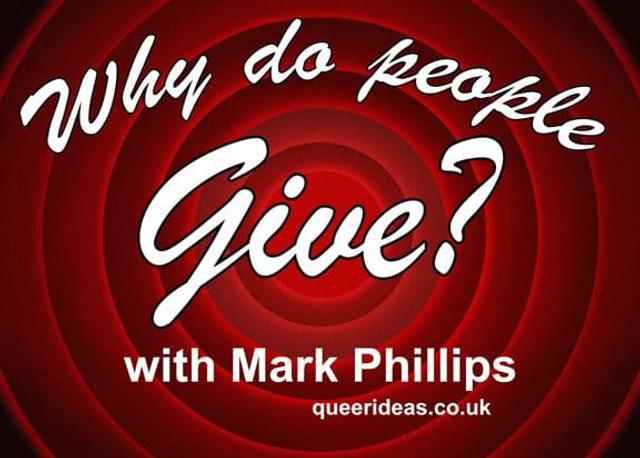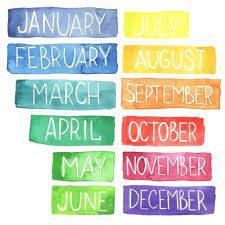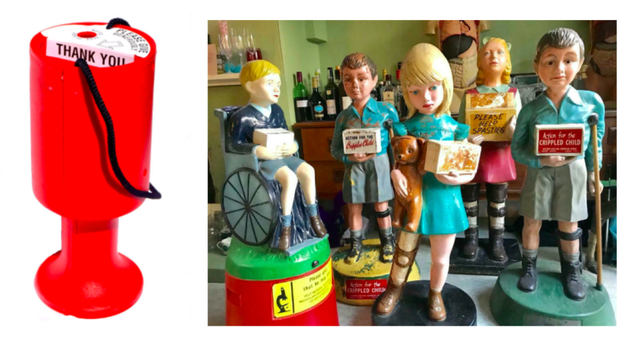The Fundraiser’s Toolbox
You know that fundraising is hard work. To be successful you need to be well equipped to take on all its challenges. At SOFII, we thought you might like some help. So we’ve put together this fundraiser’s toolbox that we’ll be filling with essential examples, formats, articles, case studies, ideas and tips that we think every fundraiser should know about.
Right now, the supporter experience matters more than ever

by Joe Burnett
How are you going to maintain an excellent donor experience for your supporters in this time of crisis? Six expert fundraisers explain how their organisations are reacting to coronavirus, whilst still ensuring they are there for those who give to them.
Read moreWhy do people give? The podcast with Ken Burnett

by Mark Phillips
We bring you Mark Phillips’ conversation with SOFII founder and fundraising expert Ken Burnett, from the podcast Why do people give?
Read moreFundraising in a time of crisis: the rise of altruism

by Richard Turner
Richard Turner reflects on how people have shown their altruism and goodness in fundraising since the coronavirus outbreak.
Read moreWhy do people give? The podcast with Lyndall Stein

by Mark Phillips
Why do people give? The podcast hosted by esteemed fundraising expert Mark Phillips is back, this time with the amazing Lyndall Stein. In the interview, Lyndall shares many wonderful memories including working for the African National Congress and raising money to fight the spread of HIV/AIDS, to name a few.
Read moreWhy do people give? A podcast by Mark Phillips of Bluefrog Fundraising.

by Mark Phillips
We’re delighted to bring you the first edition of a very special podcast: Why do people give? Hosted by Mark Phillips of agency Bluefrog Fundraising, episode one features celebrated fundraising legend Giles Pegram, CBE, former fundraising director of the NSPCC.
Read moreFrom the Myth Smashers: Is fundraising all about the money?

by Claire Hughes
What is fundraising all about? If you think it’s all about making money, then think again. Claire Hughes talks you through how we can all smash this fundraising myth.
Read more26 tips for more effective fundraising writing

by Jeff Brooks
Write like a tabloid journalist. Use emotion, even overdo it. Write a paragraph about your donor. These are just three tips of 26 from the great Jeff Brooks (of the Bad Ads Showcase fame) that will help you become the best writer possible.
Read moreFrom the Myth Smashers: ‘Fundraising isn’t a serious profession’

by Victoria Andrews
‘To call us a not for profit is a disservice and to say fundraising isn’t a real job, is simply not true.’ From the Fundraising Institute of Australia’s exceptional Myth Smashers session comes this impassioned deflation of that most pernicious of myths - that fundraising isn’t a profession.
Read moreThe BADASSforGOOD podcast. Episodes six to ten.‘I might just ruffle a few feathers’

by R. Trent Thompson
Mr Badass is back! We bring you five more short, sharp and provocative podcasts from R. Trent Thompson that will transform how you think about your non-profit brand and the impact it makes.
Read moreGeorge Smith: the art of creative fundraising - ‘Give us your money – or the panda gets it!’

by George Smith
In 1992, George Smith predicted a sea change in the development of the fundraising profession, with deference and royal reverence to be a thing of the past. Was he right? Read his reasoning and decide for yourself.
Read moreSOFII’s September must-reads

by Craig Linton and Pamela Grow
SOFII heroes Pamela Grow and Craig Linton have trawled the Internet to pick out the finest fundraising fruits of September.
Read moreThe A to Z of writing fundraising appeals: T to Z

by Steve Lynch
Words of wisdom, notions of tone and urgency and the central importance of YOU - all are covered in this last entry in Steve Lynch’s A to Z of writing fundraising appeals.
Read more







